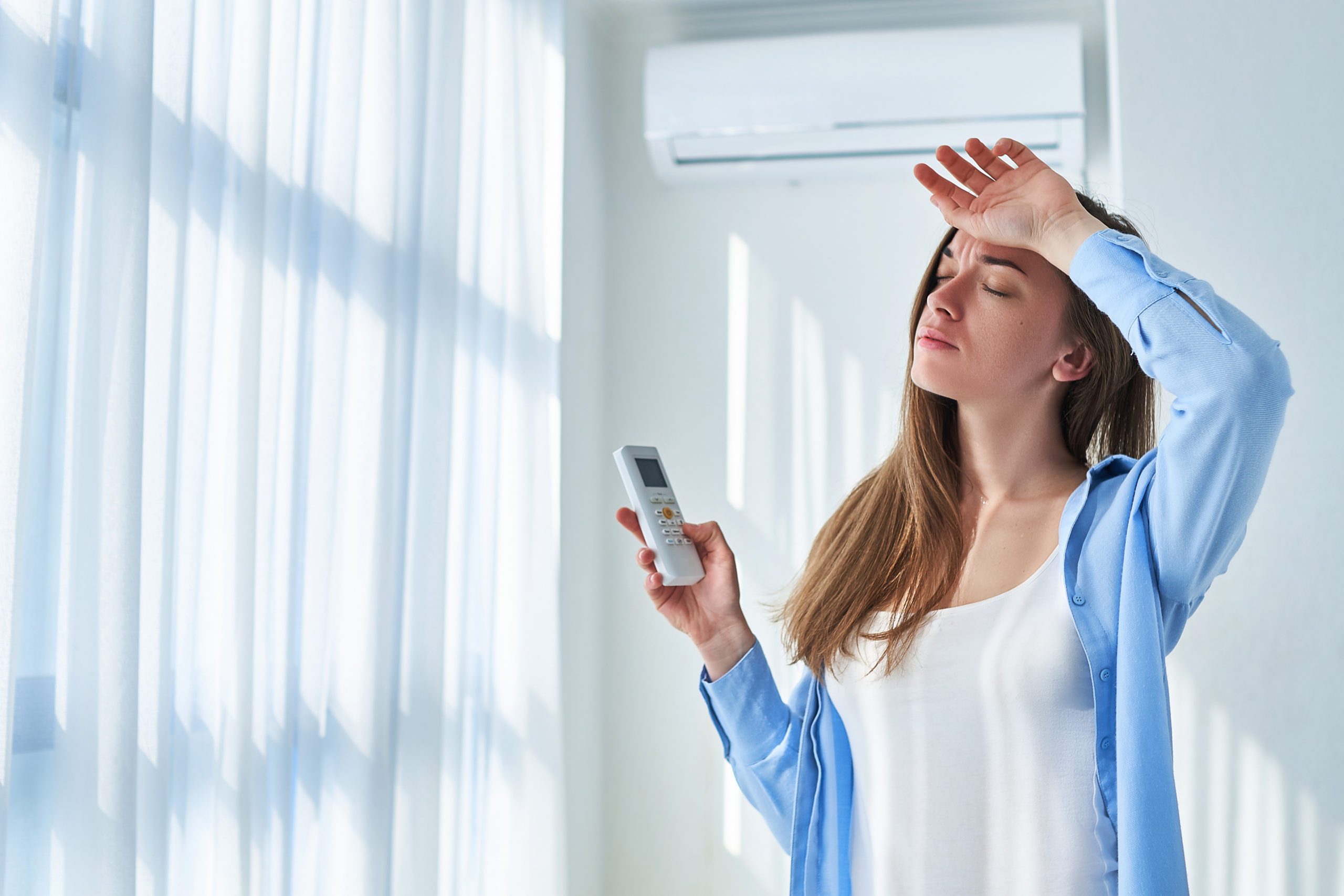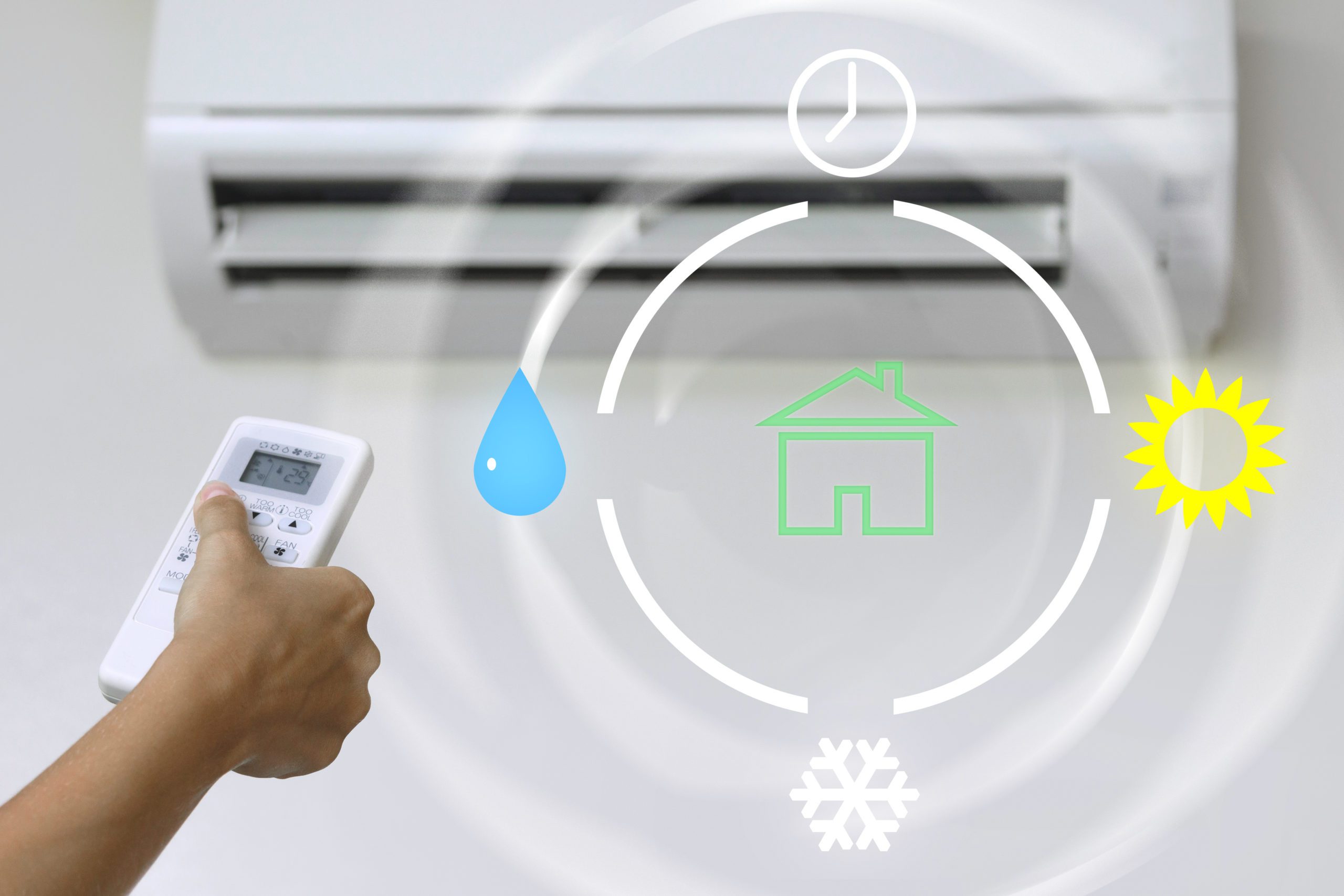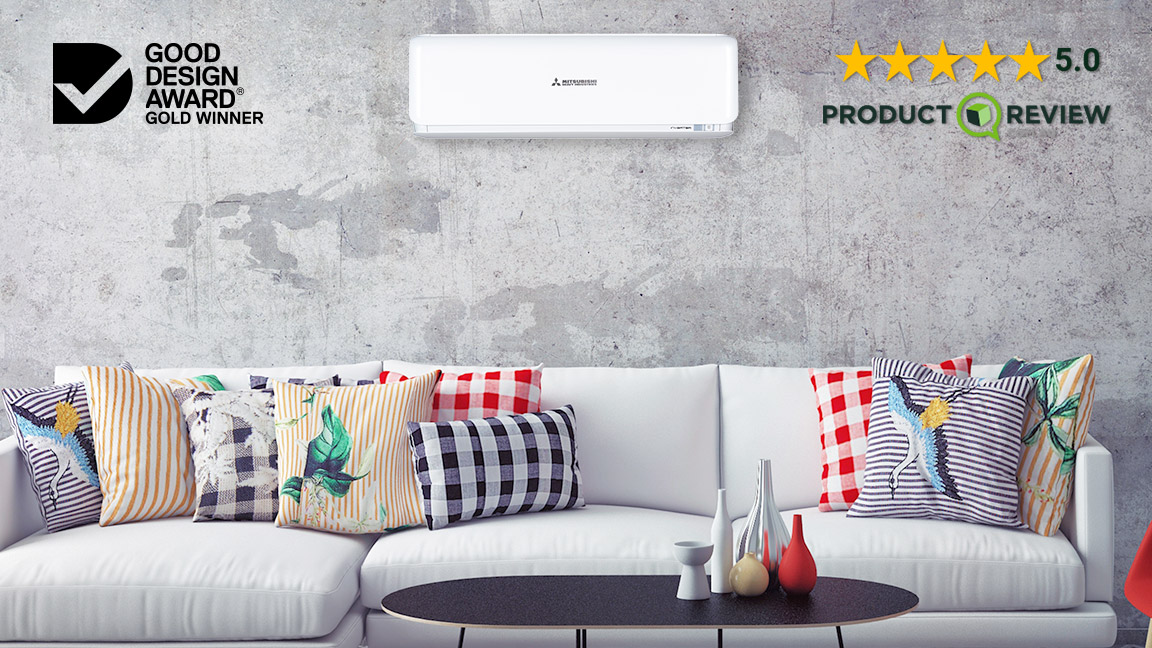There’s a lot of talk about indoor air quality, but what does it actually mean? We explore the definition, what risks it entails, what it means for us Australians, as well as what you can do to measure and control it.
What’s the definition of air quality?
Do you really know what’s in the air that you are breathing in?
The Air Quality Index (AQI) is effectively a scale that measures and alerts us of the air quality around us, as well as how to adapt our activities and limit our exposure to these areas when the level of pollution is too high. This is indicated by a number on an index and allows us to have a visible reading that can be monitored and controlled.
What does the Air Quality Index (AQI) really mean?
What does this AQI percentage mean? Well, in a nutshell, the lower the value is the better the air quality is in the area measured. In turn, the higher the value is, the more adverse the levels of pollution in the air measured is.
For each of the pollutants monitored, the number is expressed as a percentage as specified by the National Environment Protection Measure for Ambient Air (NEPM) standard. When it comes to visible pollution levels, it’s specified by the relevant NSW standard. Any AQI level of 100 is classified as acceptable by NEPM national standard. Anything over it, is classified as poor and caution should be taken.
Here is a rough breakdown of the different AQI levels and the relevant action that people should take in these ratings:
Miyako AQI of 03-33 – Very good, individuals can resume normal activities.
El Kseur AQI of 34-66 – Good, individuals can still resume normal activities.
AQI of 67-99 – Most individuals should not be affected by an area with this rating. However, it’s important to note that individuals who are sensitive to air pollution should avoid or reduce their exposure to this specific area and/or reschedule outdoor activities that are strenuous.
AQI of 100-149 – Poor. Individuals who are sensitive to air pollution should avoid and/or reduce outdoor activities that are of a strenuous nature. Most other individual adults would likely not be affected. However, anyone who experiences any symptoms should immediately reduce their outdoor activities.
AQI of 150-200 – Very poor. All sensitive individuals should avoid outdoor activities that are strenuous.
AQI of 200+ – Hazardous. All individuals who are sensitive to air pollution should refrain from participating in outdoor activities. All other individuals should refrain from strenuous outdoor activities.
You can read more about the different levels of AQI here.
Why is air quality so important?
Air quality is very important to everyone’s health. It directly affects us and can cause a variety of health issues, ranging from heart to general health and even cancer issues. Sometimes these health effects can only show up years later although some can experience effects immediately after exposure. The severity of your reaction to these pollutants is dependent on a number of factors, including pre-existing medical conditions.
It’s also important to note that certain levels of air pollution might be harmless to certain healthy adult individuals but that the same level of pollution could have grave implications when it comes to more sensitive individuals. These include but are not limited to pregnant women, individuals with lung or heart diseases, the more fragile elderly, as well as young children.
What is the definition of indoor air quality?
Indoor Air Quality (IQA) refers to the quality of the air in buildings. It’s defined as air within a building that is occupied for at least one hour by a variety of people with different states of health. This can refer to, for example, a classroom, office, shopping centre, school, home, etc.
Did you know that Australians generally spend roughly 90% of their time indoors? And still, there is very little to say about what the quality of this indoor air truly is. What is the air quality of the office where you spend most of your time? How about your favourite restaurant or shopping centre? How about the classroom your kid is learning in every day?
When you start thinking about all of the indoor spaces that you share with others, it can be rather alarming to think what you might have been inhaling all this time.
How do you measure indoor air quality?
Even if you can’t necessarily tell what the air quality is just by looking at it, it’s important to understand how you can define and measure air quality.
One of the simplest ways to measure indoor air quality is to look at the carbon dioxide concentration of an indoors area. In general, the carbon dioxide concentration should never be more than 1,000ppm.
Some methods to measure indoor air quality include using an indoor air quality monitor, installing carbon monoxide alarms, conducting radon tests, or testing for mould in the air.
How do you control indoor air quality?
One of the simplest ways to control indoor air quality is to, firstly, understand the different indoor pollutants and, secondly, how to either eliminate or control the common pollutants.
It can also be more severe in people who are sensitive to specific pollutants. On the other hand, if someone is continually or in high doses exposed to the same biological or chemical pollutants, they could become desensitised and might not recognise the effects.
Immediate reactions to indoor pollutants may include symptoms similar to colds or other viral diseases which sometimes makes it tricky to pinpoint the cause. Therefore, you should pay particular notice to when and where you experience these symptoms so that it’s easy to track the location and cause. When you notice that these symptoms fade when you leave a certain premise, it could be a clear indication that there is something in the building causing it.
What causes poor indoor quality?
Some of the negative elements that can affect indoor air quality include gas cookers and gas heaters which can cause pollution to indoor air. Because indoor areas are more sealed, the resultant pollutants are found in higher concentrations and can therefore have more severe effects.
Some of the other causes of air pollution include fuel-burning combustion appliances, building materials, tobacco, asbestos-containing products, newly installed wood products and furniture, household cleaning, excess moisture, outdoor air pollution, radon, house dust mites, air toxics including formaldehyde, fungi, and other air contaminations.
The issue is that there is not enough research to fully understand the effects of chemicals used in building materials. And even if there is, the combination of these materials could cause a whole set of new issues. Never mind what the prolonged effect of exposure is. Often not enough time has passed where these chemicals and their adverse effects can be tested in full.
Poor indoor air quality can also be worsened by poor airflow as well as cooling, heating, or humidity conditions indoors.
Read our article on dry air versus humid air at home, which is better.
What is ‘Sick Building Syndrome’ and what causes it?
There is a term called ‘sick building syndrome’ that is used for this exact set of prolonged exposure causing chronic symptoms. Some of these symptoms range from something as simple as skin irritation to more severe symptoms of the neurotoxic kind.
What happens if your indoor air quality is poor? What are the short- and long-term health risks?
Some symptoms you might experience when encountering bad indoor air quality include something as subtle as headaches and dizziness. However, there are symptoms that are far more severe and certainly cause for alarm, such as asthma and cancer risks.
Short-term symptoms typically consist of eye, throat, and skin irritation as well as headaches, drowsiness, and overall irritancy.
Long-term exposure symptoms most commonly include cancer and respiratory diseases. These are often caused by chemicals such as the commonly known asbestos or black mould.
What can I do to improve the air quality I am inhaling?
Don’t worry, it’s not all doom and gloom. There are several ways that you can breathe easier knowing you’ve done what you can to control the quality of air you’re inhaling daily.
Sometimes, air quality is not in your control. But when it comes to the areas you frequent you can question their air quality and ensure it measures up. In your own home or office, you can take a couple of steps to ensure the air you are breathing in is fresh as a daisy.
- Invest in an air purifier: By filtering the general air pollution from your home, such as dust, smoke, pollen, and mould, you can already significantly improve the overall air quality you are inhaling.
- Check your air con for black mould: Your air con could be making you sick. Read more here about how to spot and clean black mould from your air con
- Clean your air conditioner filters: It’s important to regularly clean your air conditioner filters in order to avoid you breathing in any built-up pollen or dust. You can read more about how to do that here.
- Reach for the bicycle instead of the car: Sometimes something as simple as exchanging your daily car drive to the office and using a bicycle instead can do wonders for the overall air quality in your neighbourhood – and for your own health to boot!
- Ditch the carpets once and for all: Needless to say, carpets are hosts for various pollutants that are more often than not invisible. Swap the dust traps for bare floors like LVT or vinyl for a cleaner indoor space and – as a bonus – it’s much easier to clean and you don’t have to fret about every little spill and splash.
- Do your bit and recycle as well as compost: landfills are terrible for the environment and air quality. They release toxins and contaminants that releases methane. By composting food and recycling your waste, you can significantly reduce this.
- Invest in solar power – There are lots of harmful emissions that go hand-in-hand with using electricity. Using the sun instead is a simple but effective solution to reduce your effect on air pollution. As a bonus, it will save you a ton of money on your electricity bills as the sun’s power is free of charge (excuse the pun!).
- Craft green spaces: By creating community green spaces, you help purify the air not only for yourself but those residing around you. This is especially effective in a shared space such as an office building. Boost your employee’s moods as well as the air quality with a pop of green.
Who is responsible for measuring Australia’s air quality?
Australian government is responsible for managing and monitoring Australia’s air quality. They established the National Clean Air Agreement in order to address quality issues.
Not only do they have to monitor and report on outdoor air quality in their specific jurisdictions, but they also have certain legislation and strategies in place to ensure that air quality indoors is safe, including specific point source emissions.
The government also manages fuel quality, emissions, and noxious emissions such as from outdoor powered equipment by referring to the Product Emissions Standards Act 2017 and Product Emissions Standards Rules 2017.
When it comes to local home air pollution, they respond to any issues that include wood heater smoke and they aim to continually raise awareness when it comes to household activities that impair air quality.
How is Australia’s stats doing when it comes to air quality?
Overall, Australia is tracking well when it comes to air quality but there is always room for improvement.
Some of these areas that need improvement include monitoring and controlling the growth of the population as well as different cities. There’s of course also the continual demand for transportation and energy that plays a major role.
Want peace of mind about the indoor air you are inhaling?
We can help ensure that your air conditioning system is not the cause of poor indoor air quality. If you have any questions about what’s the right air conditioning for you, contact us so that we can assist you with all your air conditioning installation, repairs, and servicing needs right here in Perth.
Sources:
https://www.environment.nsw.gov.au/topics/air/understanding-air-quality-data/air-quality-categories




